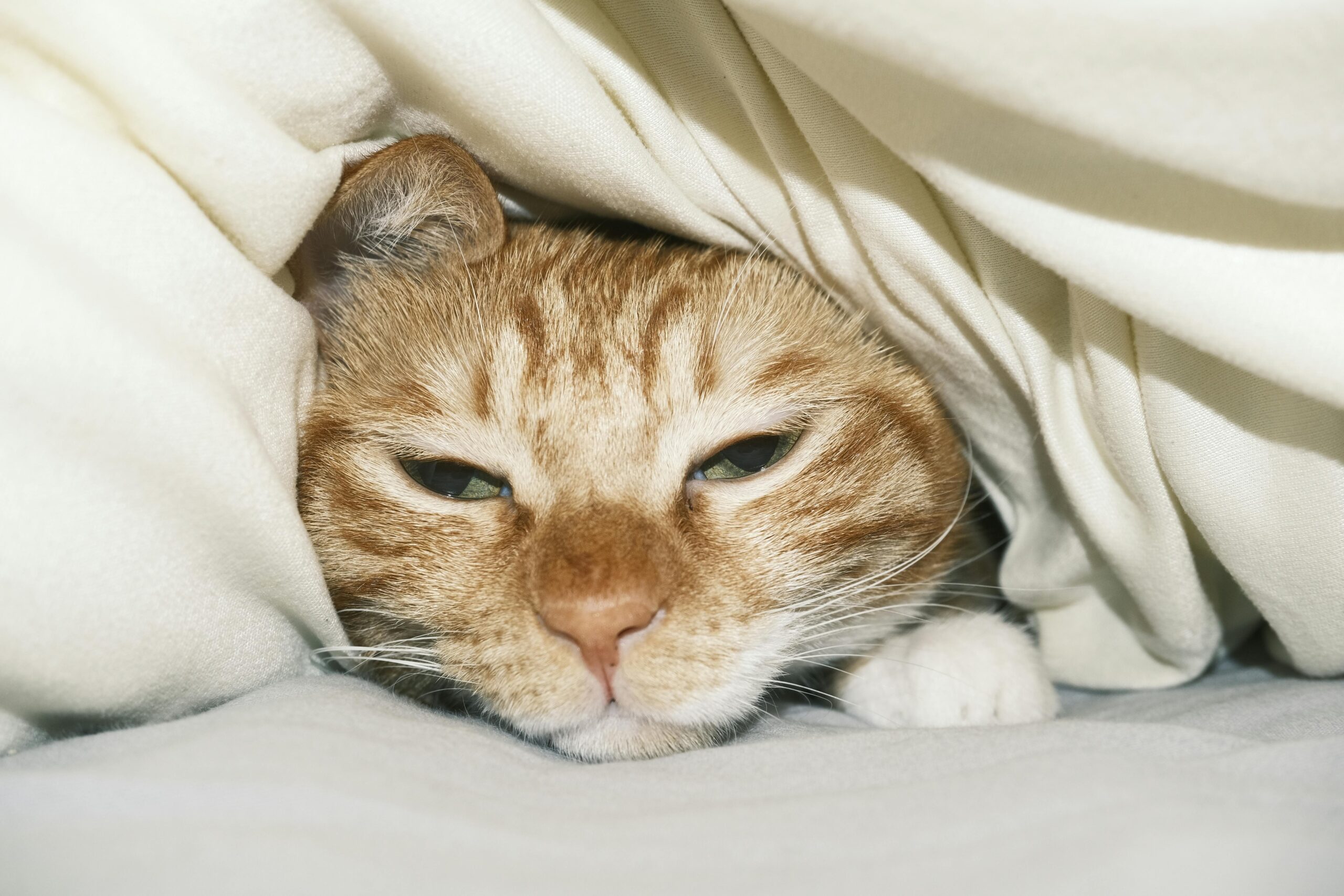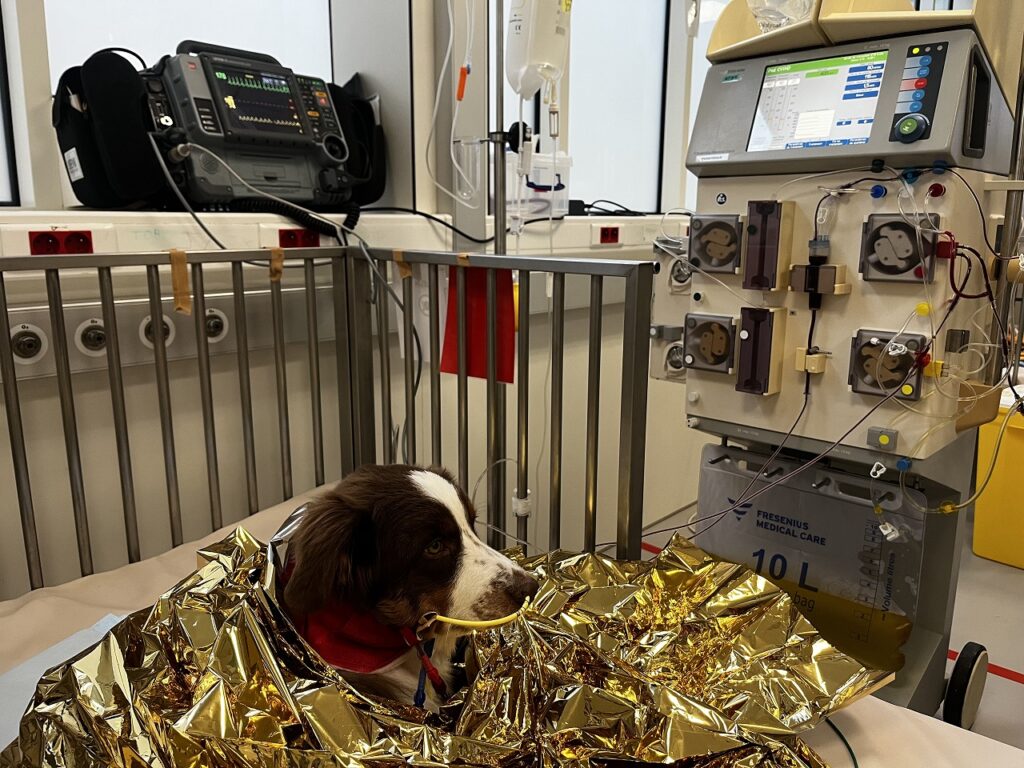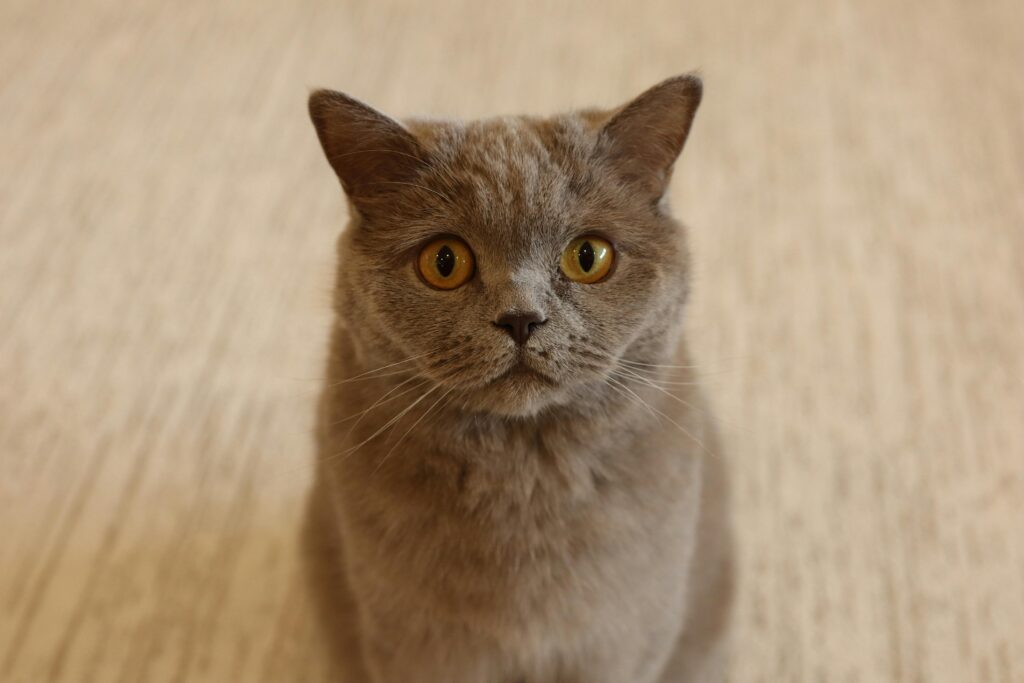
Feline Infectious Peritonitis (FIP) is a complex and serious viral disease affecting cats. It is caused by a mutation of the feline coronavirus (FCoV). FIP remains a diagnostic challenge for veterinarians due to its complex pathogenesis, variable clinical presentation, and the difficulty in establishing a definitive diagnosis.
In this Vet Info, we review the recently published guidelines from the American Association of Feline Practitioners (AAFP) on the diagnosis of FIP.
An ante-mortem diagnosis of FIP should never be based on the results of a single diagnostic test.
In any cat suspected of having FIP, it is important to consider the signalment, clinical signs, and bloodwork findings, and to pursue additional diagnostic testing as appropriate (see below).
Antibody titers—whether measured in blood, cerebrospinal fluid, or aqueous humor—are not reliable for diagnosing FIP.
All cats suspected of FIP should undergo a complete blood workup. Additional testing depends on the clinical presentation and falls into the following categories:
The diagnostic accuracy of tests is highest on effusion fluid. If effusion is present, it should always be examined. Repeated POCUS (point-of-care ultrasound) exams may be indicated to detect effusions.
Common hematologic abnormalities:
Common biochemical abnormalities:
A cat should never be diagnosed with FIP based solely on hematology or biochemistry results. These findings must always be interpreted alongside additional diagnostic criteria.
Immunostaining (Immunocytochemistry, Immunofluorescence, Immunohistochemistry):
These techniques can be performed on:
Immunohistochemistry on tissue biopsies (e.g., from mesenteric lymph nodes, intestinal wall, spleen, liver, kidney, omentum) is the gold standard for confirming FIP. Multiple tissue biopsies are recommended when samples are taken.
Real-Time PCR (RT-PCR):
This quantitative test can be performed on blood, tissue aspirates or biopsies, effusion fluid, CSF, and aqueous humor. It detects the presence of enteric coronavirus RNA, which can be found in extraintestinal tissues of both FIP and non-FIP cats. Cats with FIP often have higher viral RNA loads, so quantitative PCR is recommended.
A mutation-specific RT-PCR test is also available, which looks for mutations (e.g., in the S gene coding for spike proteins) characteristic of the FIP virus. Performing the test on multiple tissues can improve sensitivity.
Some studies found this mutation-specific RT-PCR more specific than standard RT-PCR, but other studies reported false positives, and no clear superiority was demonstrated.
In male cats, scrotal effusion may be the only effusion present.
Typical features of FIP-associated effusion:
Protein electrophoresis on the fluid has limited additional value.
Other causes of effusions should always be ruled out, using total protein, cell counts, and cytology. If sepsis is suspected, a culture of the fluid should be performed.
Rivalta’s test is a simple, inexpensive test that should always be considered:
How to perform:
Results:
RT-PCR (if Rivalta’s is positive):
Sensitivity increases if testing is also done on tissue samples (e.g., fine needle aspirates of mesenteric lymph nodes, spleen, liver).
Immunofluorescence staining:
These cats often lack effusions.
Cerebrospinal fluid (CSF) typically shows elevated protein levels and pleocytosis.
RT-PCR on CSF (and optionally on tissue aspirates of mesenteric lymph nodes, liver, spleen):
Immunocytochemistry on CSF:
Only one study evaluated the reliability of this test, reporting a sensitivity of 85% and specificity of 83%.
Start with cytology of aqueous humor to exclude other causes, such as lymphoma.
RT-PCR on aqueous humor (and optionally on fine needle aspirates of mesenteric lymph nodes, liver, spleen):
These are the most difficult to diagnose. Some of these cats may develop effusions later. Repeated POCUS exams may help.
Begin with RT-PCR on blood and tissue aspirates (mesenteric lymph nodes, spleen, liver)*
*Do not rely on blood alone—most FIP cats have low viral RNA in the blood, leading to false negatives.
Immunocytochemistry on fine-needle aspirates (mesenteric lymph nodes, liver, spleen):
For more information: https://catvets.com/guidelines/practice-guidelines/fip-guidelines.
Voor een praktisch schematisch algoritme: https://catvets.com/public/PDFs/PracticeGuidelines/Guidelines/FIP/AAFP_EveryCat_Diagnostic_Wor
k_Up_of_FIP_Diagnostic_Approach.pdf

June 7, 2025
The use of antibiotics in dogs with acute diarrhea is a widely discussed topic in veterinary practice. Most cases of diarrhea are self-limiting and resolve...

June 7, 2025
Extracorporeal therapies are medical treatments in which blood or other bodily fluids are removed from the body, treated externally, and then returned. These therapies are...

June 6, 2025
(Chronic) constipation is a common problem in (older) cats. In some cases, the underlying cause is easy to identify and resolve, making treatment relatively straightforward....